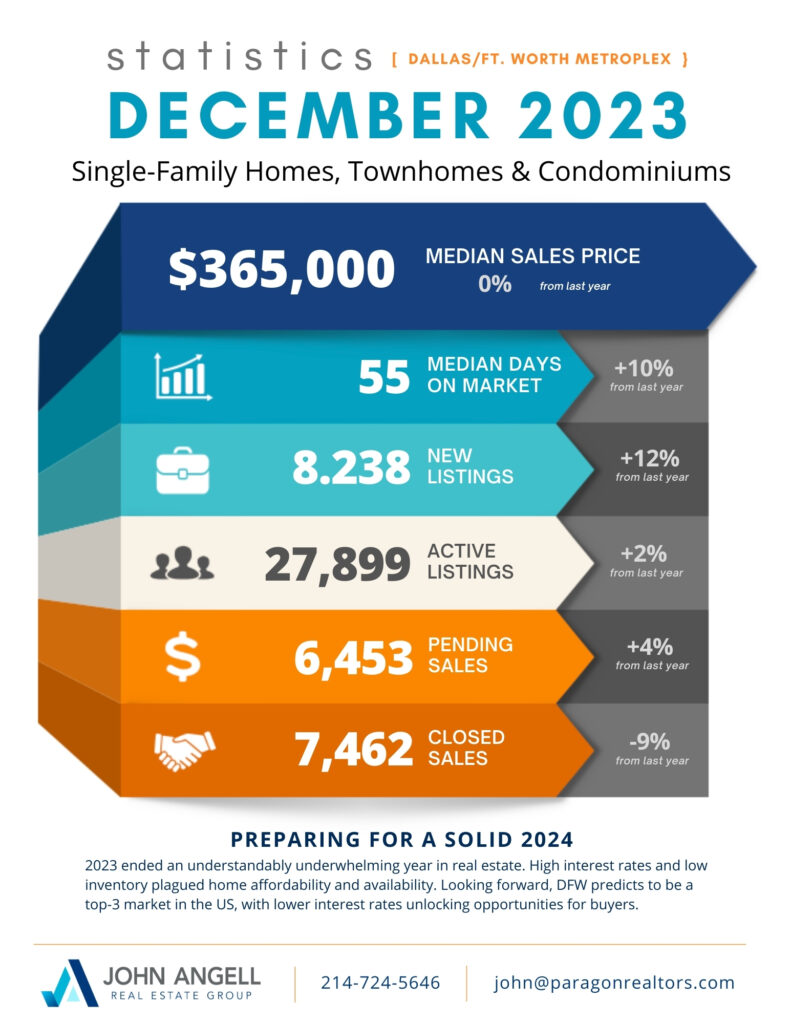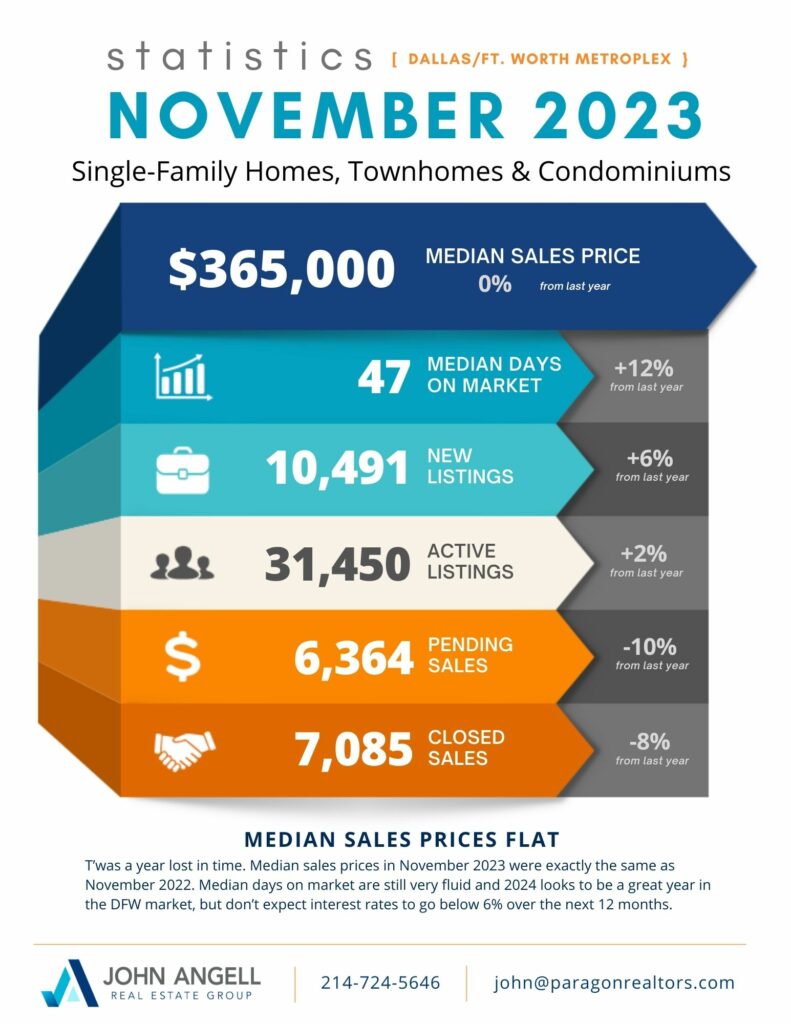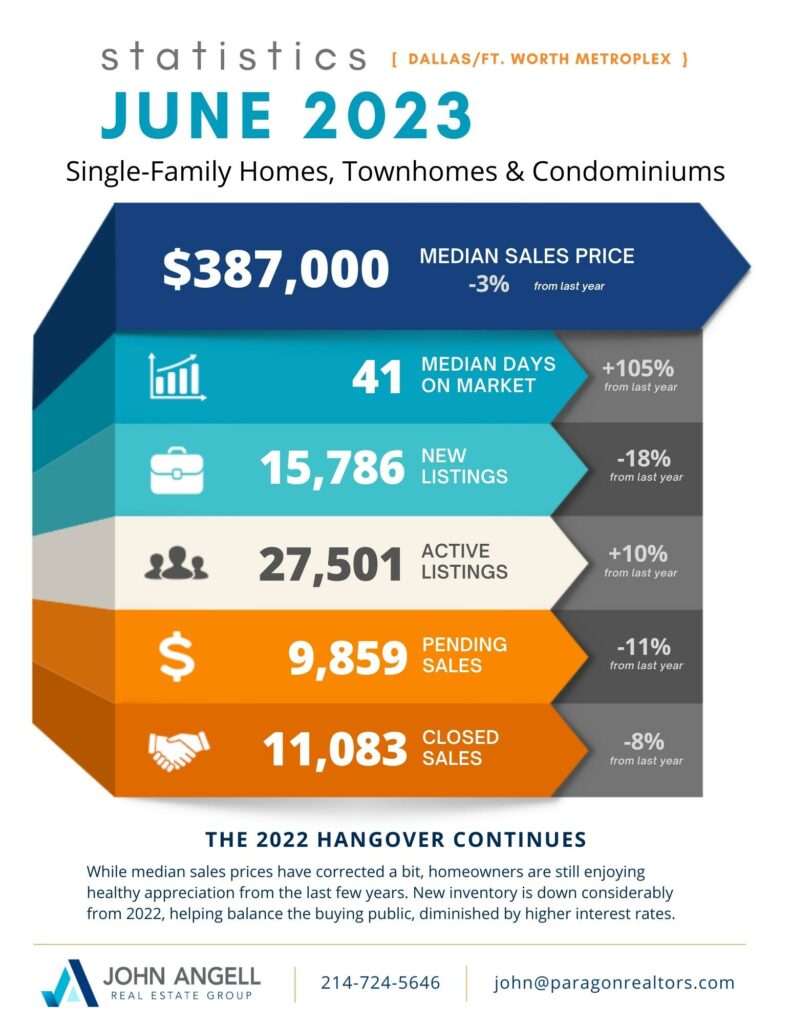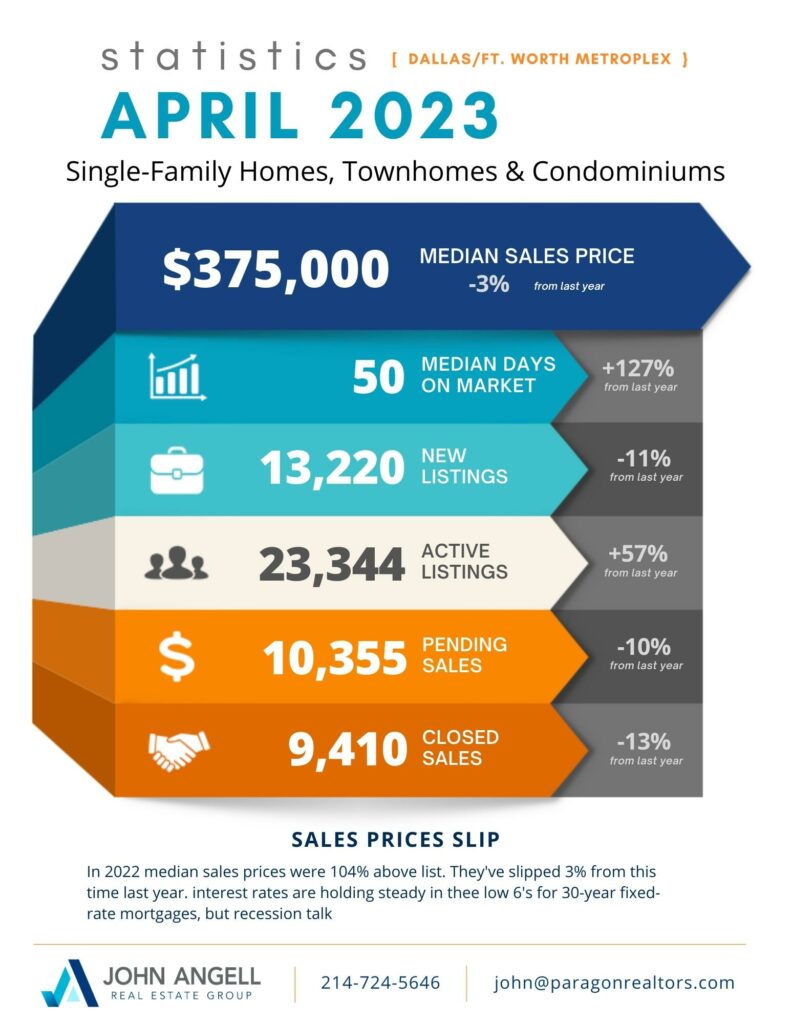
The other day my mom received a piece of mail from the “home warranty department” (no company name was stated). When I looked up the number, sure enough it was a scam. Then my mom asked, “What is a home warranty anyhow and do I need one?”.
A home warranty is essentially an insurance property on the mechanical components of your property such as major appliances, plumbing, HVAC & electrical systems. It is a service contract that covers general wear and tear but unlike homeowners insurance is NOT mandatory. It is, however, so common that the Texas sales contract has a “Residential Service Contract” section that very often provides a buyer with funds for a 12-month, seller-paid home warranty.
There are multiple Home Warranty Providers, and like most industries they closely monitor what one another charge and the services they provide. Most of them are quite similar but every now and then one distinguishes itself with new plans or pricing. The differences are often subtle. A few years ago one company inserted language stating they would not cover “detectable pre-existing conditions”, meaning if a home inspector missed the issue on the report and it was determined by the home warranty-approved repair professional it should have been detected, then they would not pay to fix it.
Are they Home Warranties worth it? It depends. If it’s paid for by the seller, why not? Product and builder warranties are better and home warranty companies feature a lot of fine print designed to protect them, but I have clients who have saved tens of thousands and swear by them. They often write 5-figure checks for air conditioning systems that were deemed to have died before their time, and I’ve seen huge plumbing jobs covered. That said, I’ve also seen clients hold a home warranty for 3 years and they never used it. It’s all very subjective. Rule of thumb: If you have an older home, it’s not a bad annual investment of $500-800.








